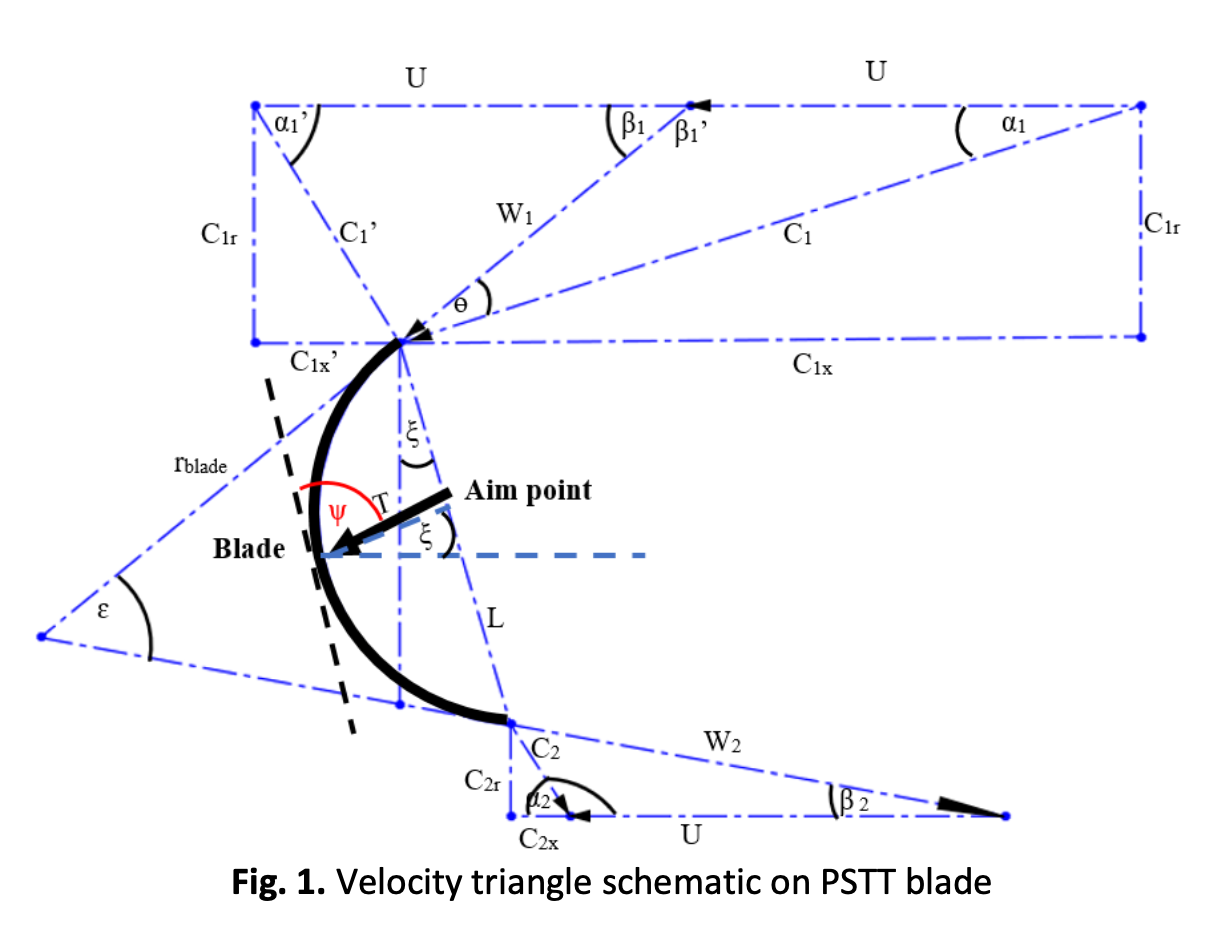Pico Scale Turgo Turbine Design for Remote Areas Application Using Velocity Triangle Approach
DOI:
https://doi.org/10.37934/arfmts.97.1.157167Keywords:
Turgo turbine, pico hydro, velocity triangle, remote areas, renewable energyAbstract
The global warming issue drives pico-scale hydropower plants to become the leading research focus. Pico-scale Turgo turbine (PSTT) is a suitable proposal to be developed as a power plant because it is cheap, easy to manufacture, and simple in shape and design. Although PSTT has been developed for a long time, the final decision on the optimum parameters of the jet angle and the blade angle does not exist, and the precision manufacturing technology for PSTT blade manufacturing has not received special attention. Hence, this study aims to evaluate the jet angle and the geometry of the pico-scale Turgo turbine spoon using velocity triangle analysis. The design of the blades is manufactured using a three-dimensional (3D) printing machine for performance tests. Based on comparing experimental results to analytical data, the velocity triangle approach is recommended for designing PSTT because of the average deviation of 6.6%. The deviation is considered reasonable. Then, based on calculations, the peak PSTT performance is predicted to occur at 20° the jet angle. This hypothesis is similar to previous studies; this indicates that the mathematical analysis using velocity triangle analysis is verified and recommended to be used.
Downloads

































